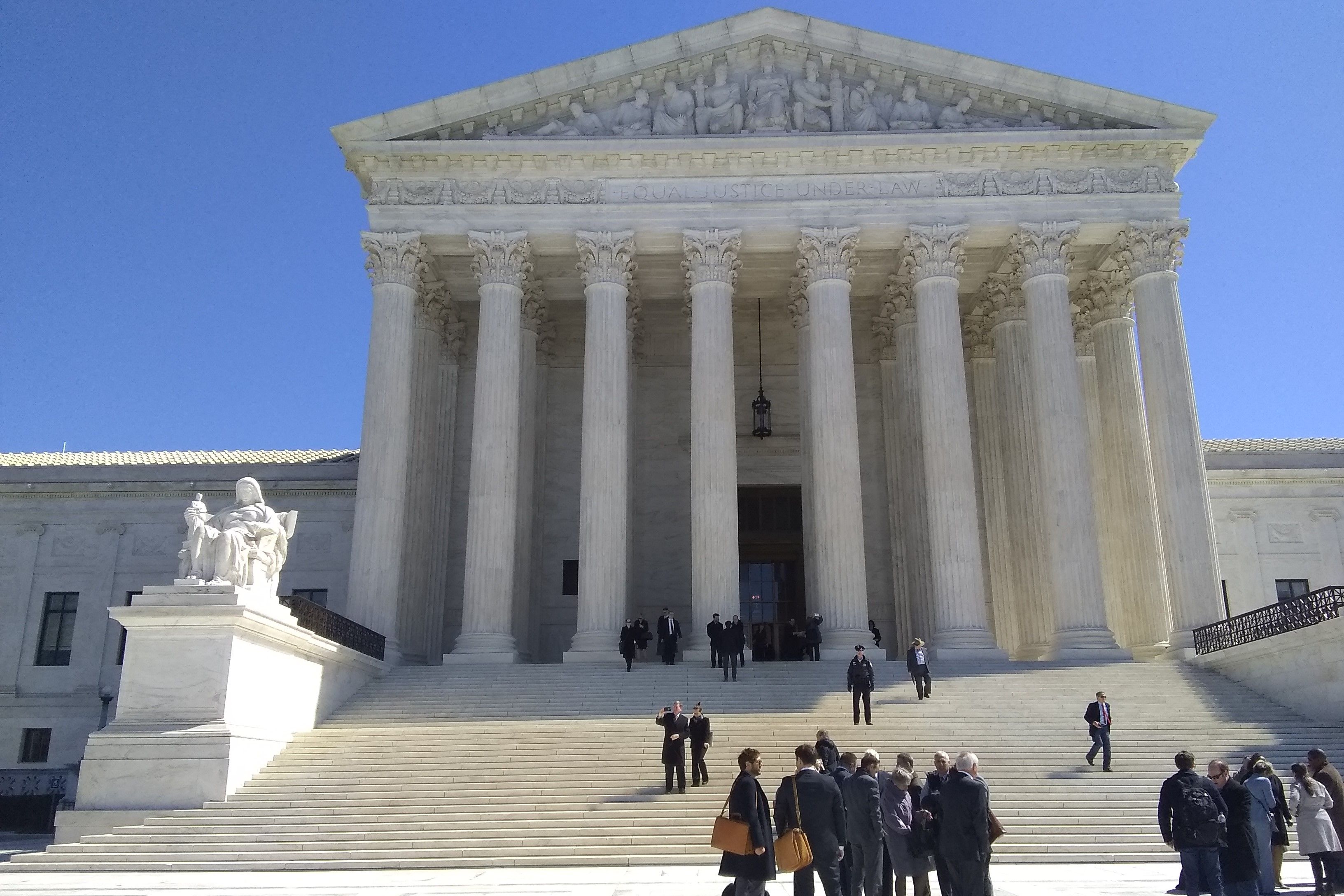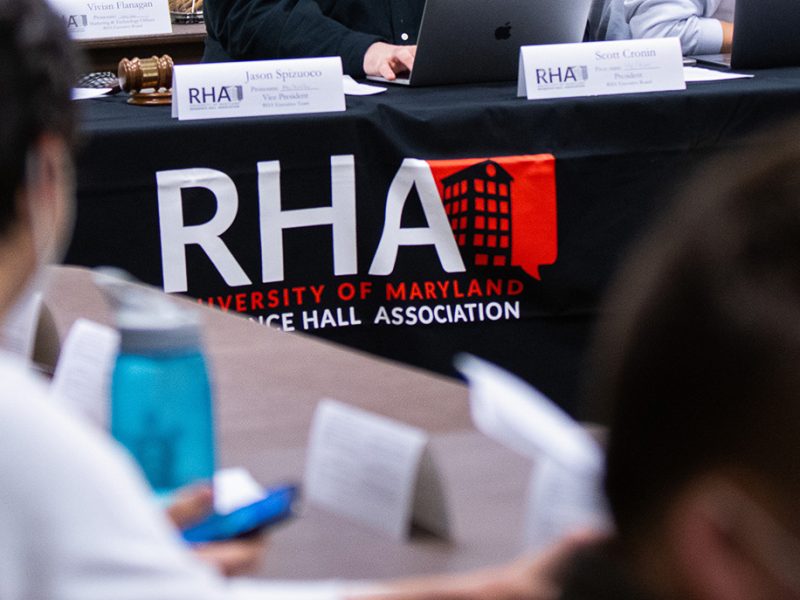WASHINGTON, D.C. — The United States Supreme Court heard oral arguments in two gerrymandering cases Tuesday, including one involving Maryland’s 6th Congressional District, which Gov. Larry Hogan and other Republicans have accused of being drawn to benefit Democrats.
Chief Justice John Roberts appeared to agree with Republican arguments in the Maryland case, Lamone v. Benisek.
“It does seem that this is a situation where the state is taking retaliatory action against Republicans who were in that district and had a more effective vote,” Roberts said.
The 6th District, which was redrawn after the 2010 census, extends from conservative western Maryland to Frederick County and a more liberal area of Montgomery County. Maryland’s legislature approved the map in 2011, and then-governor Martin O’Malley, a Democrat, signed it into law.
Justice Elena Kagan said O’Malley and Maryland’s majority-Democratic legislature “[flipped] the composition of the district … effectively ensuring that Republicans will never win this seat again.”
[Read more: Maryland delegate apologizes for using n-word to describe Prince George’s County district]
The new district moved 66,417 registered Republicans from the 6th to other districts, while 24,460 registered Democrats were brought into it, according to court documents.
In 2012, the first election following redistricting, incumbent Republican Roscoe Bartlett — who won re-election by 28 percentage points in 2010 — lost to Democrat John Delaney by about 21 percentage points. Democrats have held the district since.
Opponents of the O’Malley-approved map challenged its adoption and placed it on a referendum during the 2012 general election, which Maryland voters approved by almost a 2-to-1 margin.
Maryland Solicitor General Steven Sullivan argued on behalf of the state, contending the district map couldn’t be biased because it had been approved by Maryland voters.
“Most citizens wouldn’t understand what they were voting for,” Justice Ruth Bader Ginsburg rebutted.
Justice Stephen Breyer read aloud the referendum question that voters had seen, and pressed Sullivan on whether he, as an ordinary voter, would understand what was being asked.
Sullivan said he wouldn’t, but he argued Maryland’s intermediate appellate court “determined that the language was sufficient.”
[Read more: This Maryland bill would budget for the state to pay students’ Title IX legal fees]
In November, three federal judges threw out the current map, calling it unconstitutional and demanded it be redrawn. Maryland Attorney General Brian Frosh — a Democrat — appealed the decision, which is on hold while the Supreme Court hears the case. In January, the court said it would hear the case, after sidestepping ruling in a similar case in June 2018.
While the court heard arguments Tuesday, advocates including Hogan and former California governor and movie star Arnold Schwarzenegger stood on the steps of the Supreme Court to urge the justices to end partisan gerrymandering.
Hogan has called for a nonpartisan redistricting commission made up of Democrats, Republicans and unaffiliated voters to draw a new map.
Ben Colebrook, the president of the University of Maryland’s College Republicans, said the redistricting was a “blatant and obvious effort to suppress the votes of Republicans in Maryland,” adding that he was hopeful that Hogan’s commission could help solve the problem.
Colebrook lives in Maryland’s 3rd district, which stretches from Montgomery County to parts of Baltimore city and Annapolis. In 2014, the Washington Post deemed that district the nation’s second-most gerrymandered.
“There are people in my hometown who are in a different district than me, and people 70 miles away who are in the same district,” said Colebrook, a junior computer science and math major.
College Democrats president Sydney Poretsky said her group “support[s] non-partisan redistricting” in a message, adding that she hopes a national policy emerges from the Supreme Court’s deliberations.
The justices appeared to be in agreement that partisan gerrymandering is a major issue but disagreed on how much to get involved, if at all.
Conservative justices, such as Neil Gorsuch and Brett Kavanaugh, favored leaving decisions up to the states, worrying the court’s involvement would overextend its constitutional responsibilities. But liberal-leaning Kagan and Ginsburg pushed for the court to take action, saying Congress and state legislatures couldn’t be counted on to act decisively.
The court is expected to issue a decision on whether states should retain the right to draw their congressional district maps this summer.



